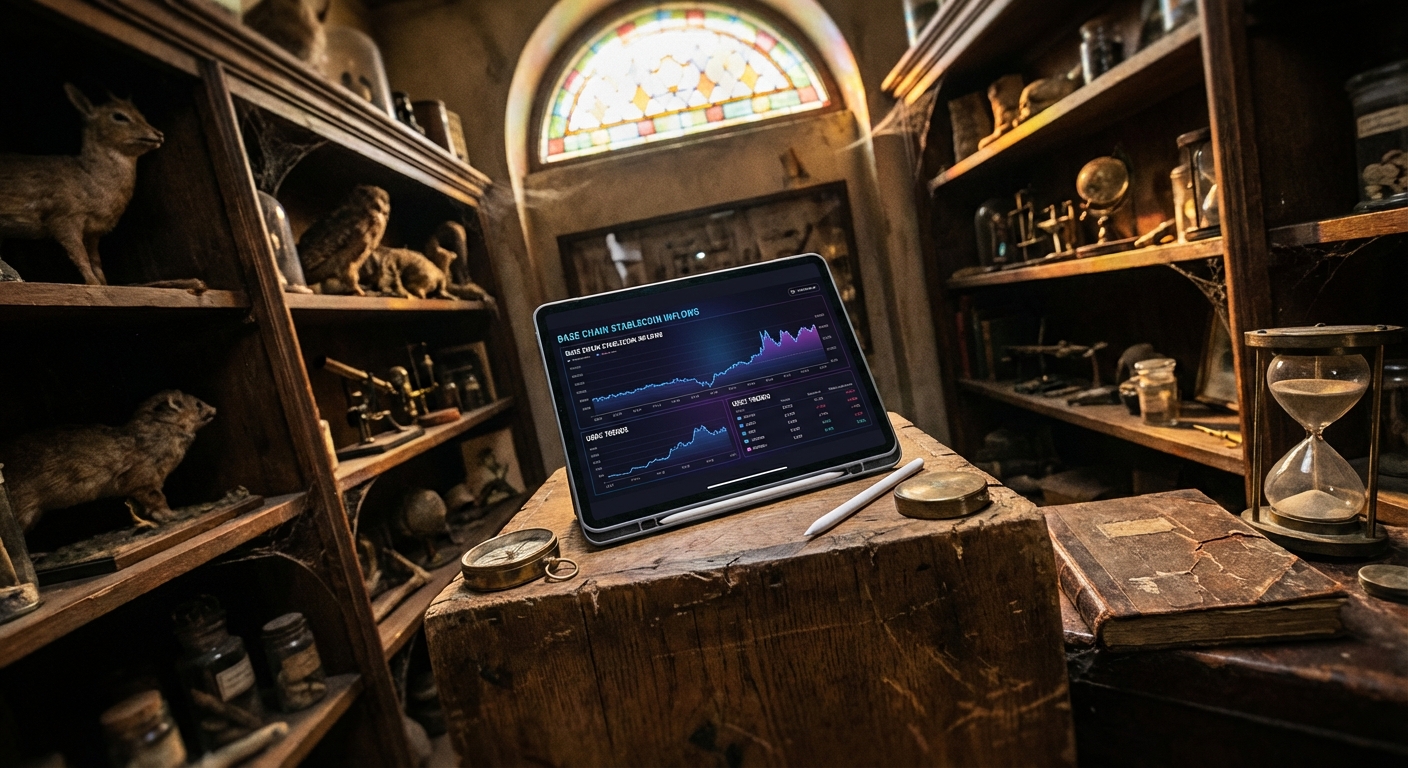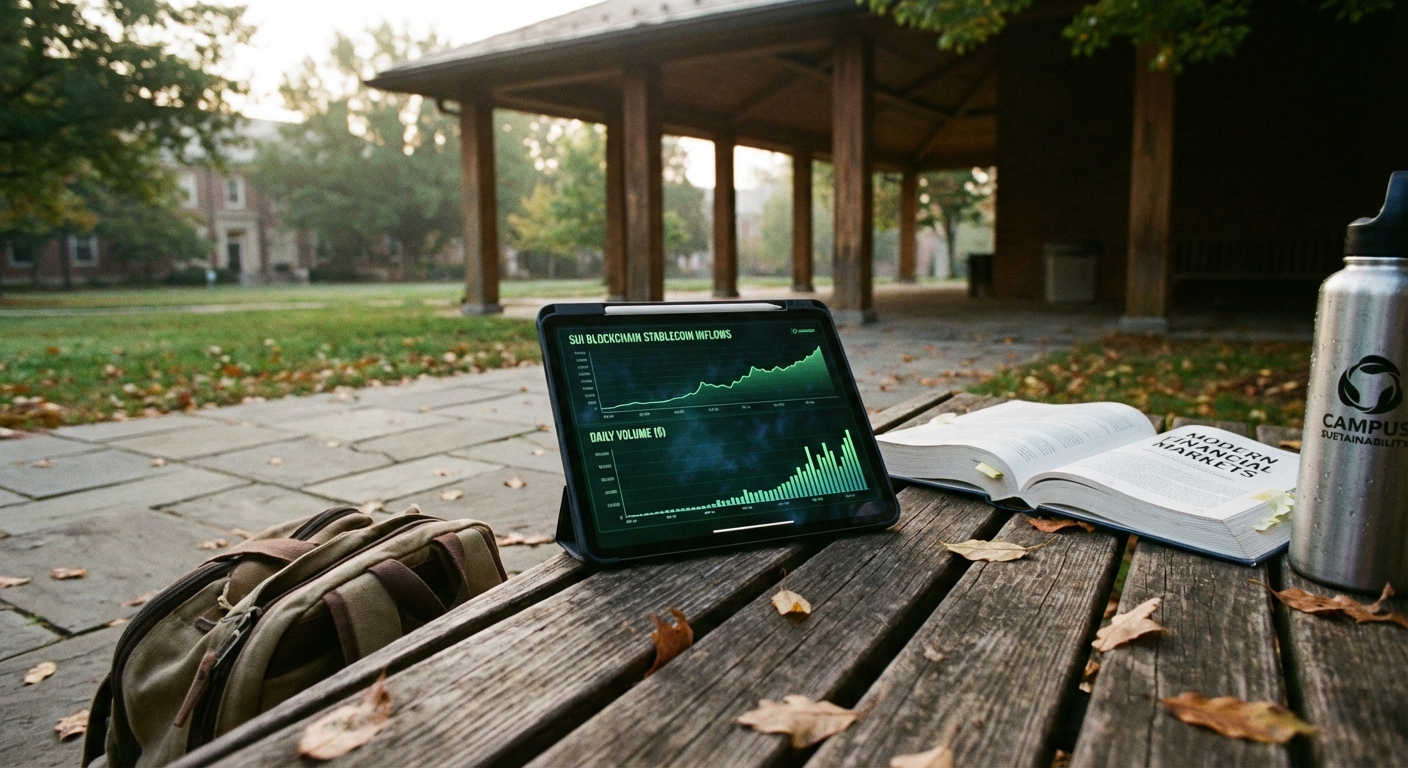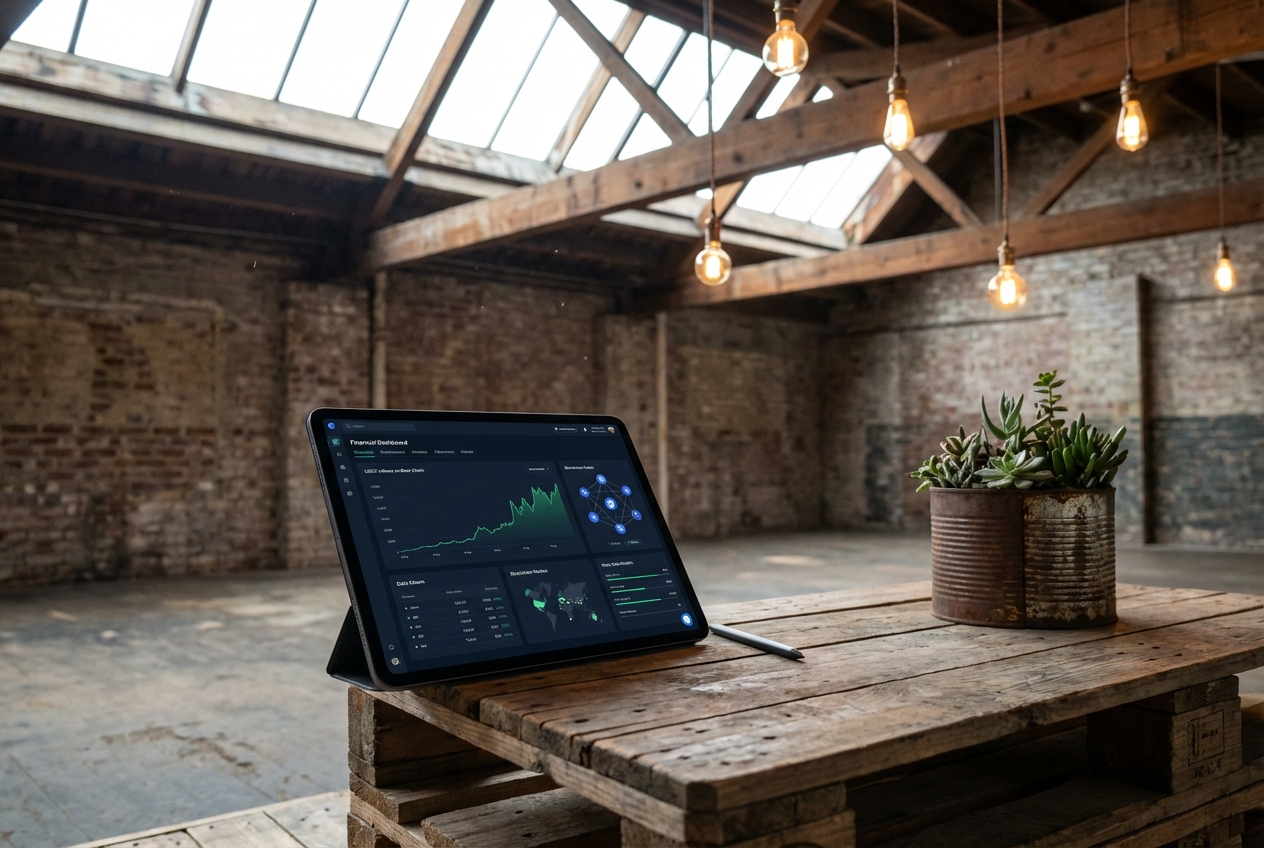
USDC Base adoption has become a powerful lever for decentralized finance (DeFi) liquidity pools in 2024. As digital asset prices rebounded and total value locked (TVL) soared to $126 billion, the stablecoin ecosystem experienced a dramatic resurgence. USDC, with its reputation for transparency and regulatory compliance, emerged as the backbone of this movement – especially on Base, where low fees and fast settlements attracted both retail users and institutional capital.

USDC’s Role in DeFi: The 2024 Surge
By late 2024, USDC accounted for over 34% of all decentralized exchange (DEX) liquidity pools. This dominance is no accident. As Stablecoin Flows reports, institutional investors ramped up allocations to stablecoins, with hedge funds holding between 5% and 20% of their net asset values in these assets. USDC alone captured a staggering 27% of all stablecoin trading volume by Q3 2025.
This influx fueled a surge in USDC’s market capitalization from $32.4 billion to $56 billion by year-end. The effect? DeFi protocols saw deeper liquidity pools, tighter spreads, and more resilient on-chain markets. The result is a virtuous cycle: more liquidity attracts more traders and lenders, which further enhances pool depth and stability.
Coinbase’s Strategic Push: Liquidity at Scale
August 2025 marked another turning point as Coinbase relaunched its Stablecoin Bootstrap Fund to supercharge USDC liquidity across multiple DeFi protocols. The fund strategically targeted Ethereum-based lending giants like Aave and Morpho as well as Solana-native platforms such as Kamino and Jupiter.
This move wasn’t just about seeding pools with capital; it was about ensuring consistent rates for users across both established and emerging protocols. According to Cointelegraph, the initiative provided much-needed confidence for both individual investors and institutional players wary of thin order books or sudden slippage.
Top Reasons Institutions Prefer USDC in DeFi Pools
-
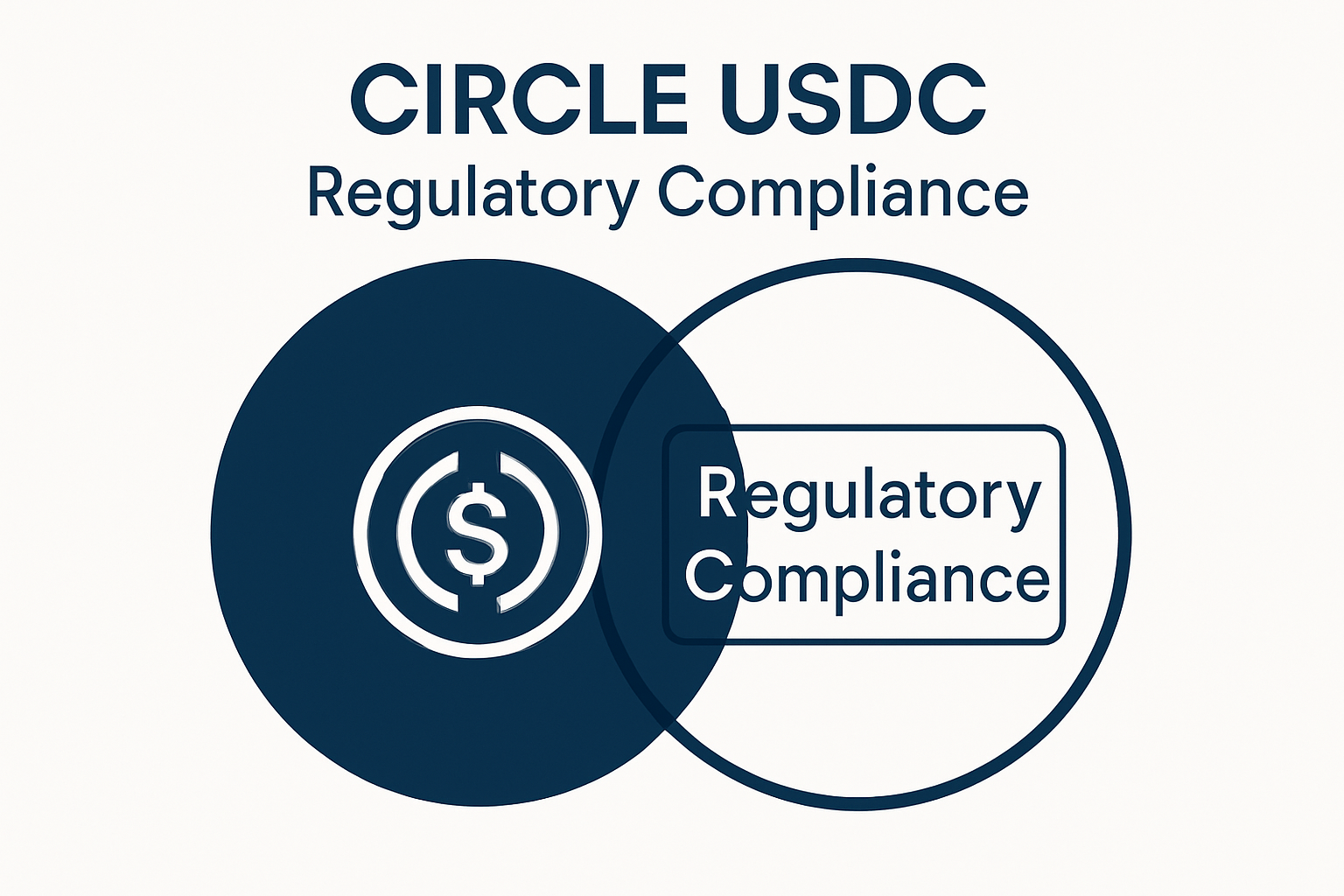
Regulatory Clarity & Trust: USDC is issued by Circle, a regulated financial institution, and is subject to regular audits, making it a trusted choice for compliance-focused institutions.
-
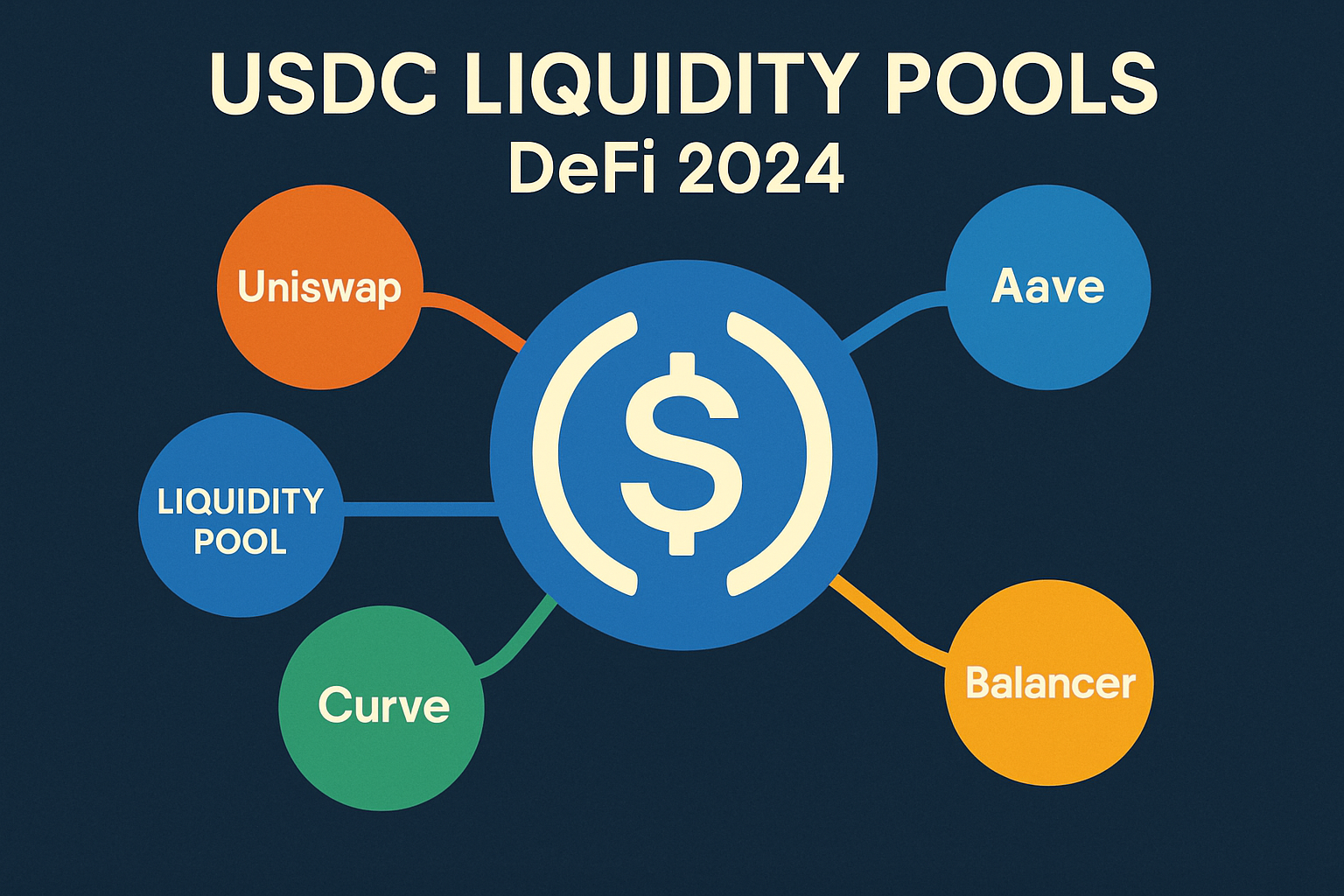
Deep Liquidity & Widespread Adoption: As of November 2024, USDC is present in over 34% of DEX liquidity pools, providing institutions with ample liquidity and efficient trade execution.
-
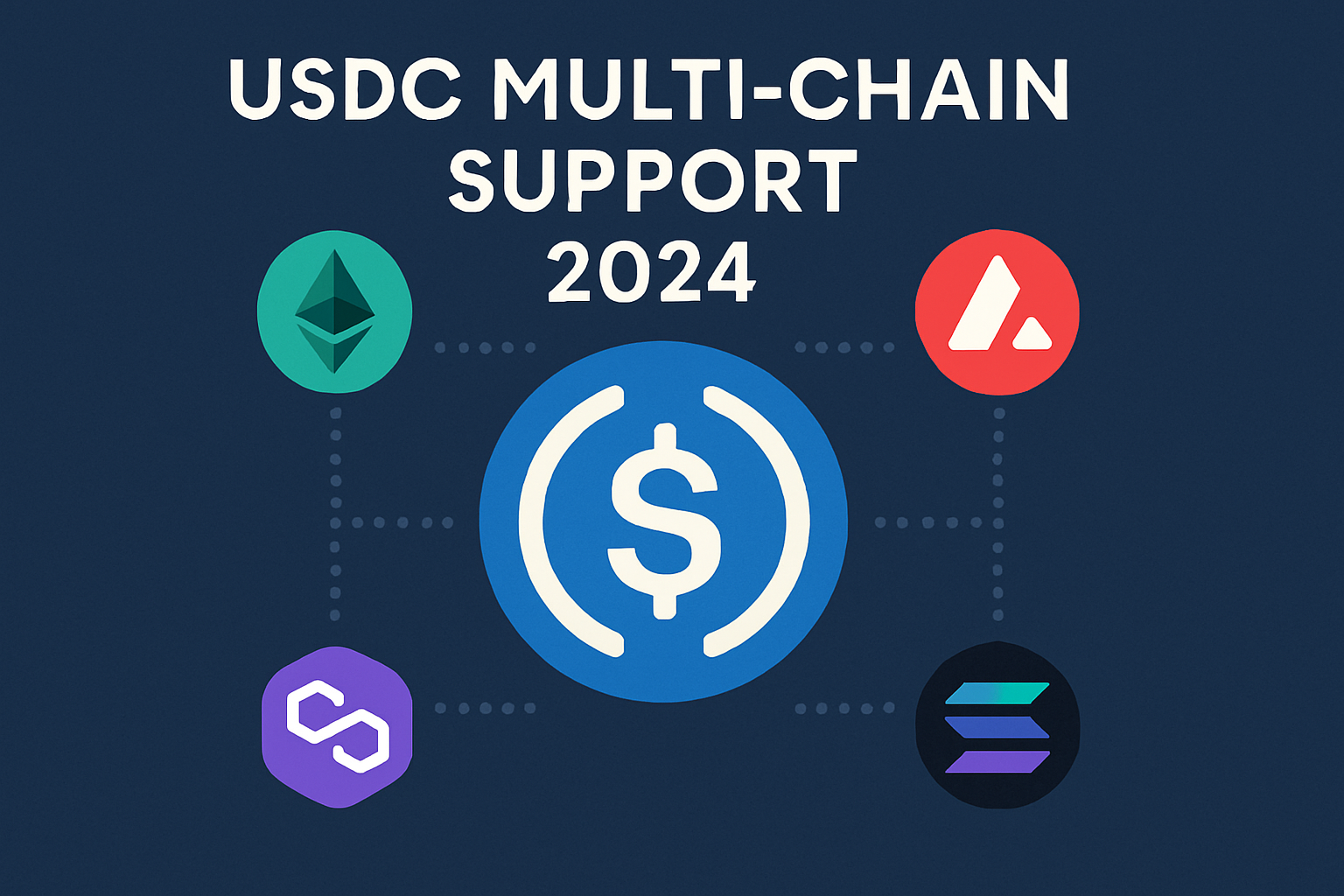
Multi-Chain Accessibility: USDC’s expansion beyond Ethereum to networks like Base, Solana, Arbitrum, and Hyperliquid in 2024 enables seamless cross-chain operations for institutional strategies.
-
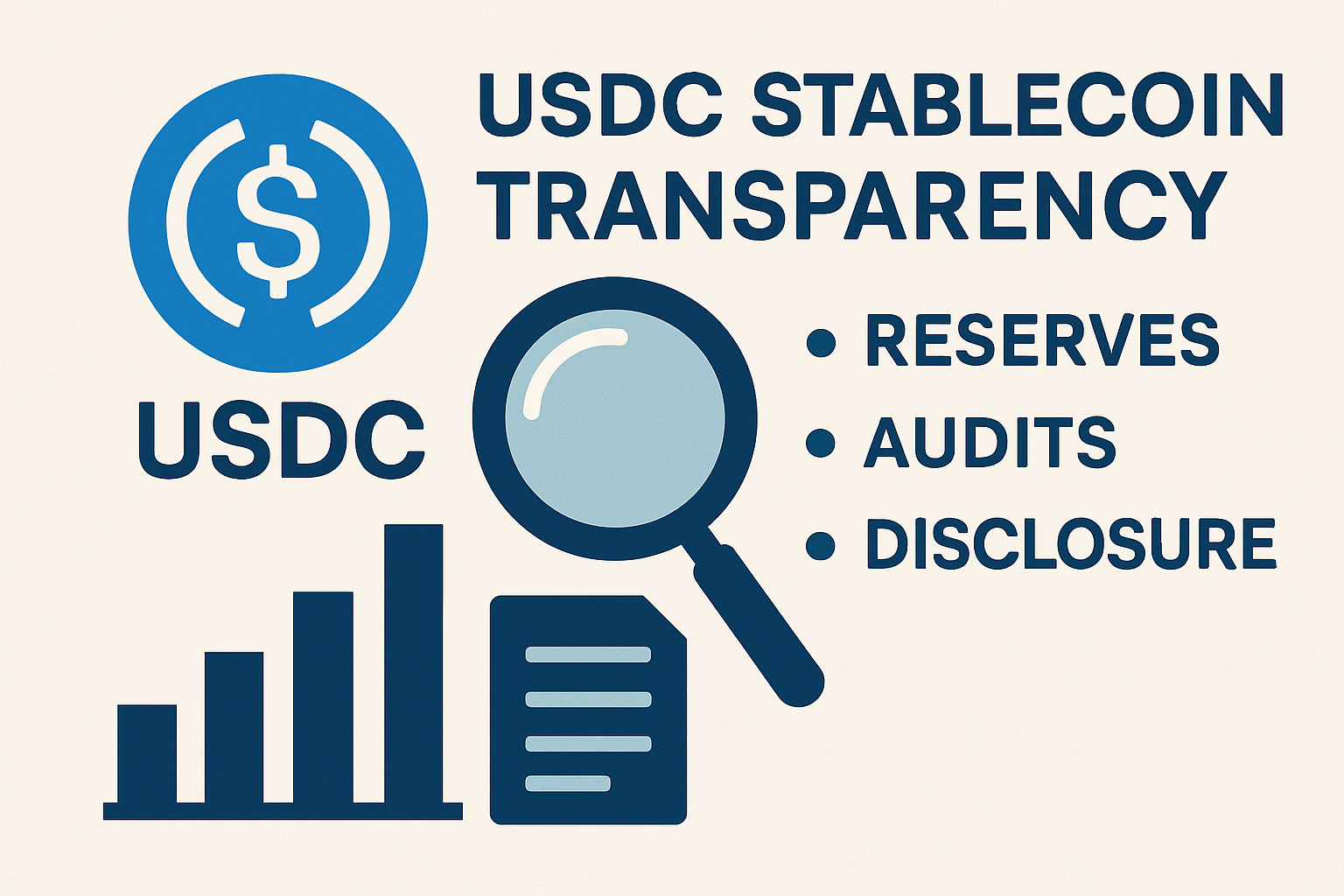
Stable Value & Low Volatility: Pegged 1:1 to the US dollar and backed by transparent reserves, USDC offers price stability crucial for risk-averse institutions engaging in DeFi.
-
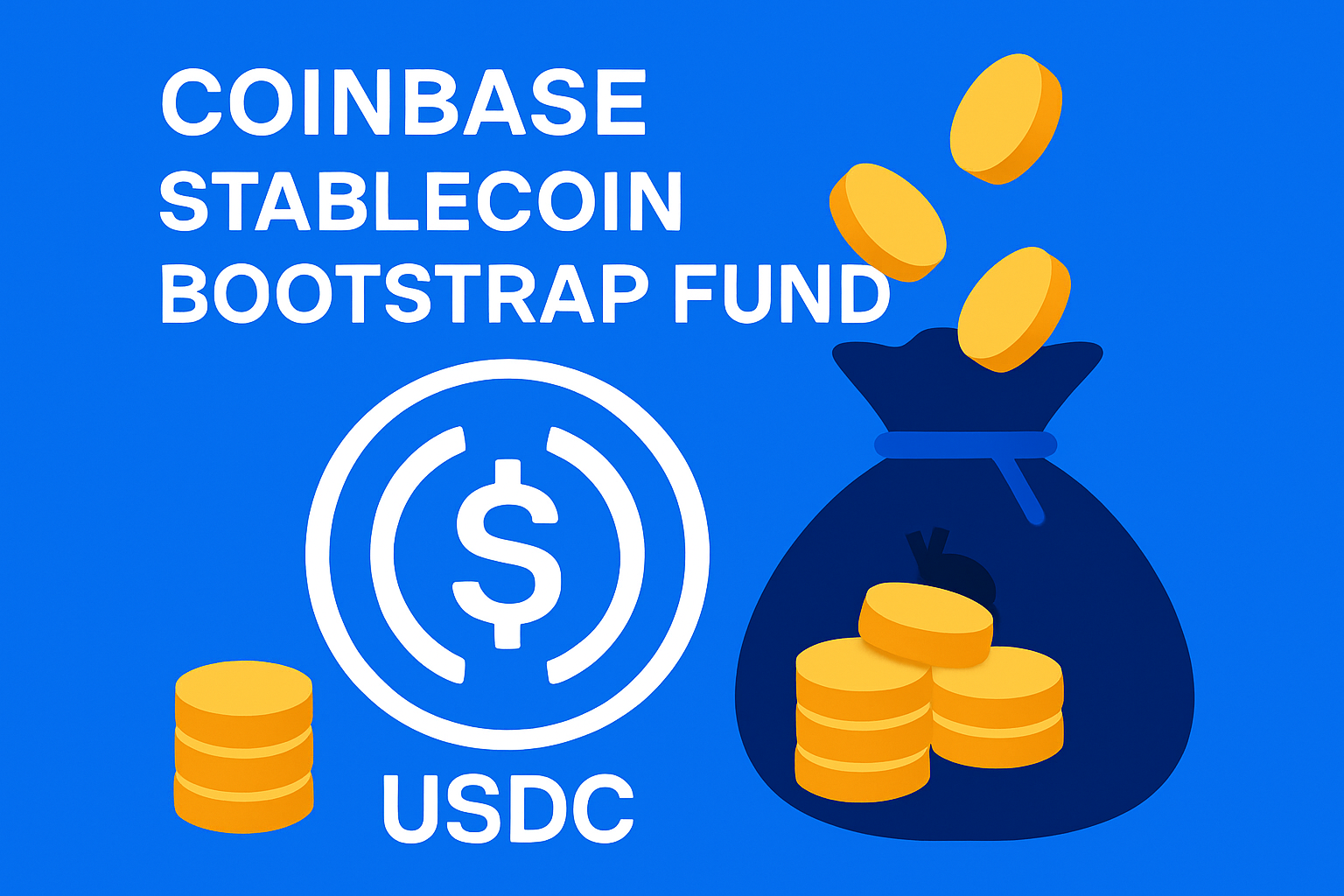
Institutional-Grade Partnerships: Major platforms like Coinbase relaunched initiatives such as the Stablecoin Bootstrap Fund in 2025, directly supporting USDC liquidity and attracting institutional capital.
-
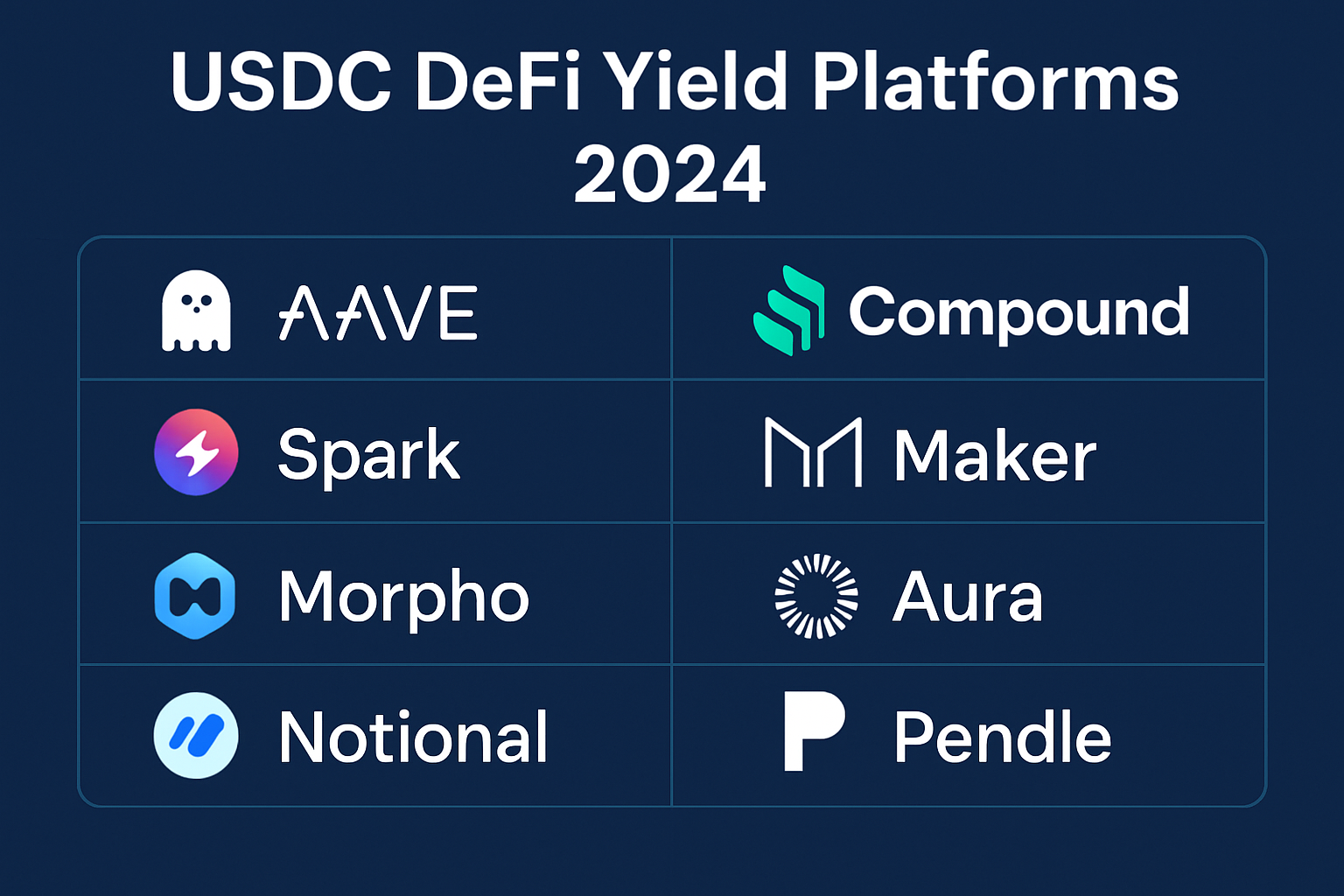
Yield Opportunities: USDC holders can lend, borrow, provide liquidity, and stake on top DeFi protocols (e.g., Aave, Morpho, Kamino, Jupiter), often accessing yields that outpace traditional finance.
Diversification Across Chains: Beyond Ethereum
The narrative around USDC is no longer limited to Ethereum. In early 2024, only 65% of USDC supply lived on Ethereum – down from 85% the previous year – while the rest flowed into networks like Solana, Arbitrum, Hyperliquid, and especially Base.
This diversification has profound effects on accessibility and composability across DeFi protocols. On Base specifically, lower transaction costs unlocked new arbitrage strategies and made micro-liquidity provision viable for smaller players. Meanwhile, cross-chain bridges facilitated seamless movement of USDC between ecosystems – further amplifying its role as the settlement layer for crypto-native finance.
Liquidity Pools: Efficiency Meets Depth
The increased presence of USDC in DEX pools like Raydium and Serum translated directly into more efficient trading environments. Robust pool depth meant lower slippage even during periods of high volatility – a critical factor for both algorithmic traders and everyday users seeking predictable outcomes.
Ultimately, the convergence of institutional flows, strategic platform initiatives, and multi-chain expansion positioned USDC Base adoption as a pivotal driver behind DeFi’s renewed momentum in 2024.
Market participants are watching these developments closely. As USDC’s share of liquidity pools grows, protocols benefit from greater capital efficiency and more stable yield opportunities. This ecosystem-wide liquidity has a compounding effect: it not only attracts sophisticated trading strategies but also supports the onboarding of new DeFi users who demand reliability and low friction.
What’s especially notable in 2024 is the way USDC’s influence is reshaping risk management within DeFi. With its transparent reserves and regulatory alignment, USDC is increasingly seen as a safe harbor during market turbulence. This perception drives even more inflows during times of uncertainty, reinforcing its position as the preferred base asset for liquidity pools.
Stablecoin Flows 2024: A New Baseline for Crypto Liquidity
According to Stablecoin Flows, the broadening adoption of USDC across Base and other networks has set a new standard for on-chain liquidity in 2024. The key metrics, market capitalization at $56 billion, TVL at $126 billion, and over 34% DEX pool dominance, paint a picture of an asset that is now foundational to DeFi infrastructure.
For investors and builders alike, this landscape offers both opportunity and responsibility. The competition among blockchains to host USDC liquidity pools is intensifying, leading to innovative yield products and improved user experiences. Meanwhile, regulators are taking note, as evidenced by the passage of measures like the GENIUS Act, which could further legitimize stablecoins in mainstream finance.
Top USDC Base Adoption Trends Impacting DeFi in 2024
-
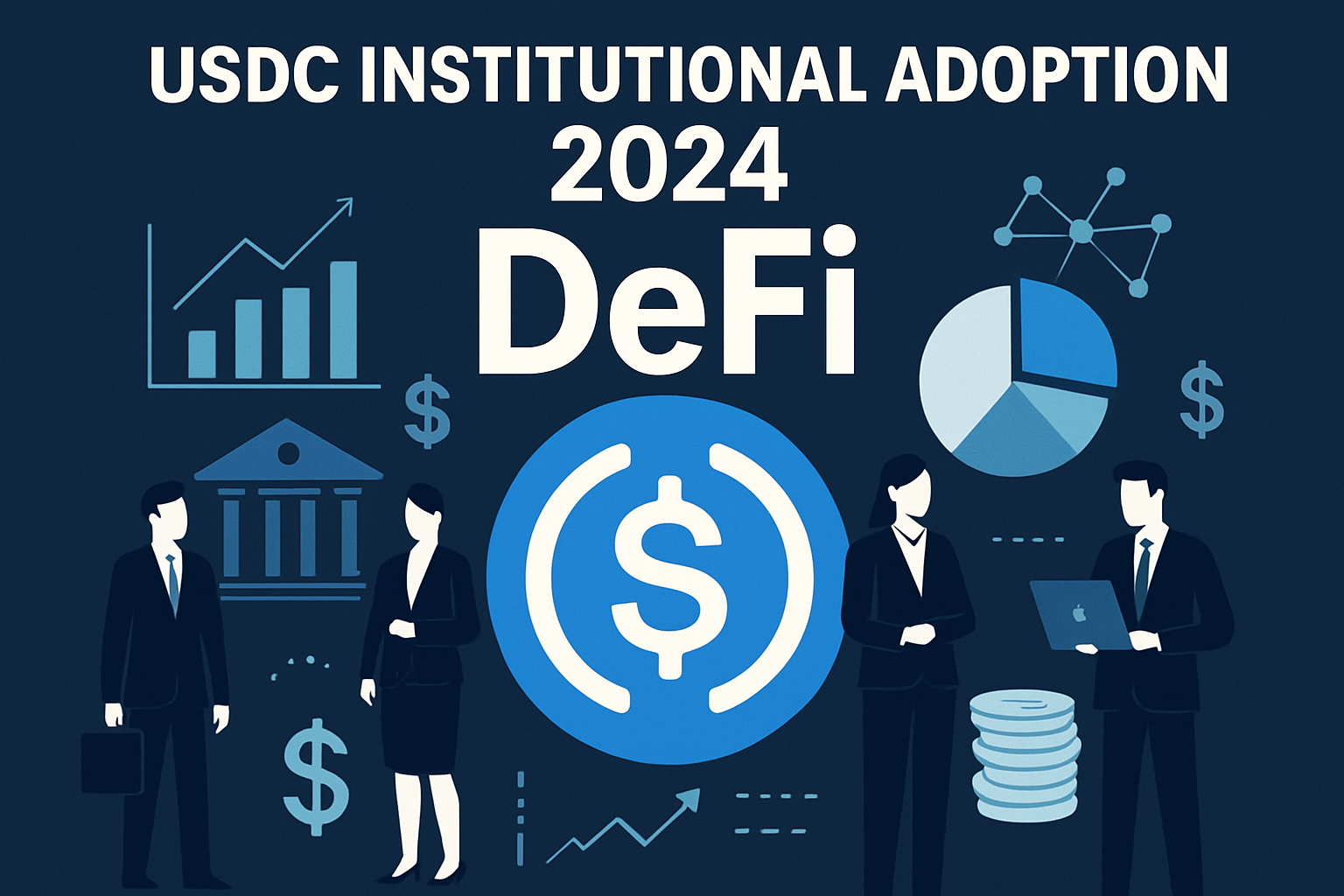
Institutional Capital Flooded DeFi via USDC on BaseIn 2024, institutional investors ramped up their DeFi allocations, with hedge funds dedicating up to 20% of their net asset value to stablecoins. USDC alone accounted for 27% of all stablecoin trading volume, pushing its market cap from $32.4 billion to $56 billion by year-end.
-
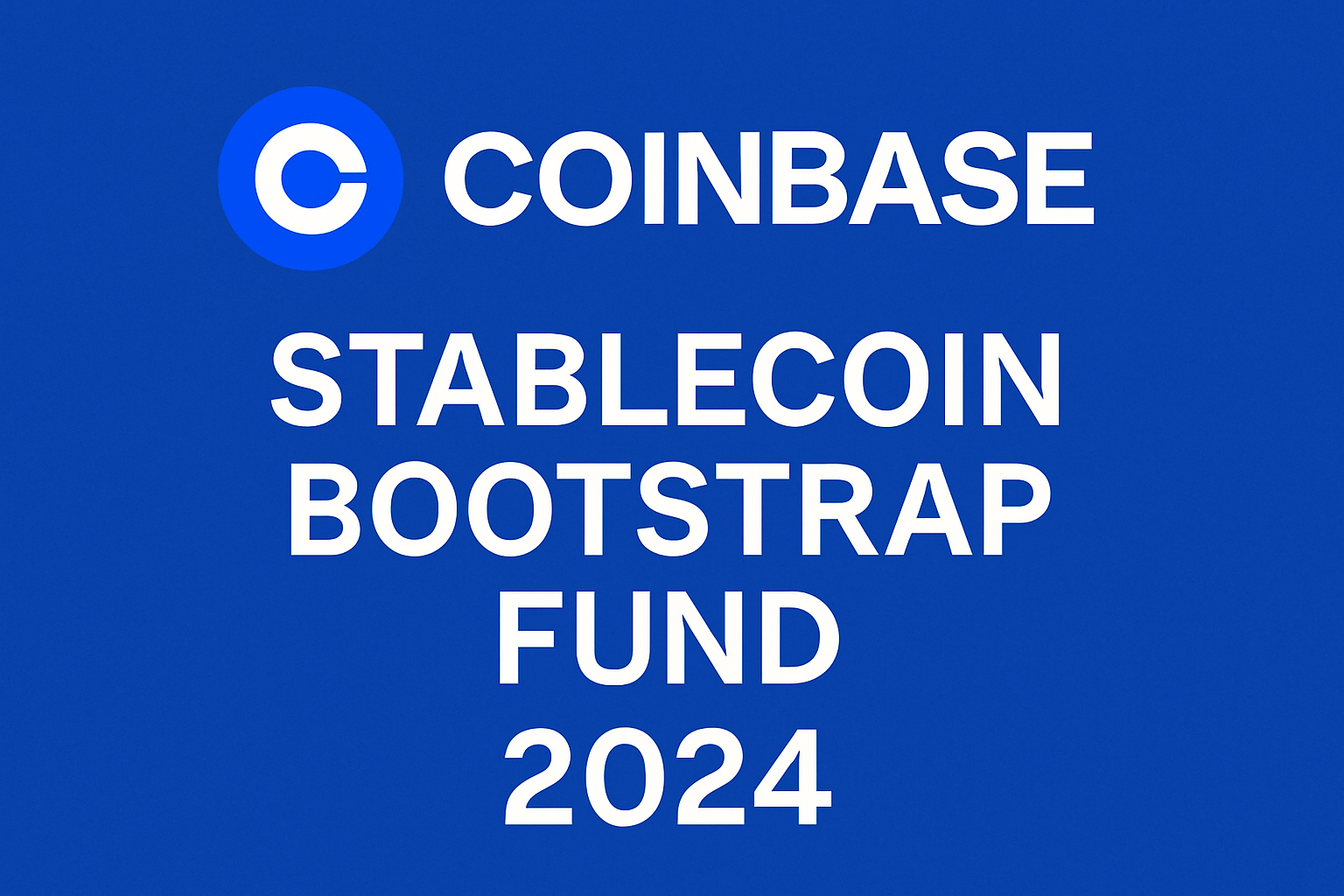
Coinbase Relaunched Its Stablecoin Bootstrap FundIn August 2025, Coinbase revived its Stablecoin Bootstrap Fund, injecting USDC liquidity into major DeFi protocols like Aave, Morpho, Kamino, and Jupiter. This move stabilized yields and deepened liquidity pools across multiple chains.
-
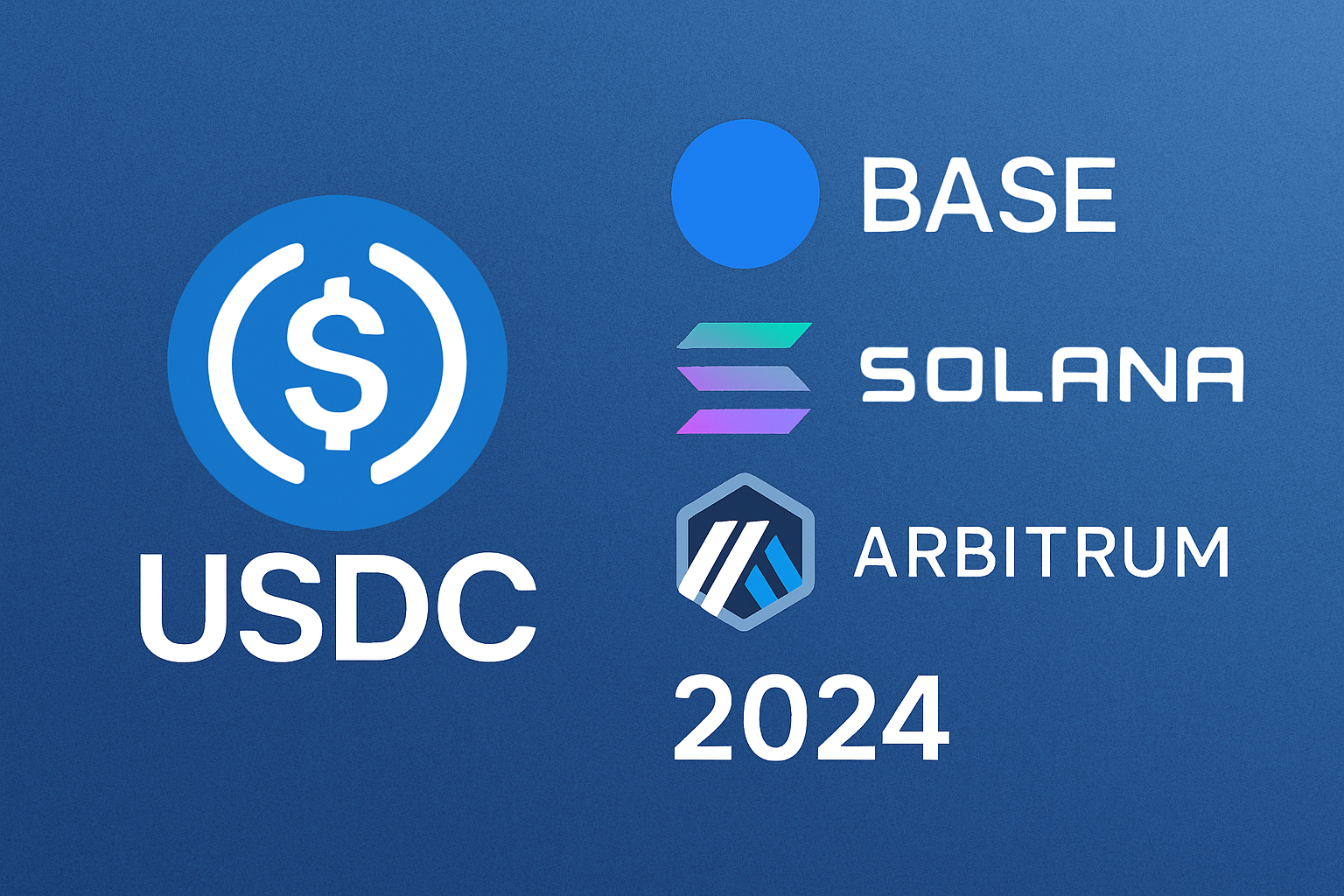
USDC Diversified Beyond Ethereum to Base and MoreUSDC’s supply on Ethereum dropped from 85% to 65% by early 2024, as adoption surged on Base, Solana, Arbitrum, and Hyperliquid. This cross-chain expansion broadened DeFi access and utility.
-
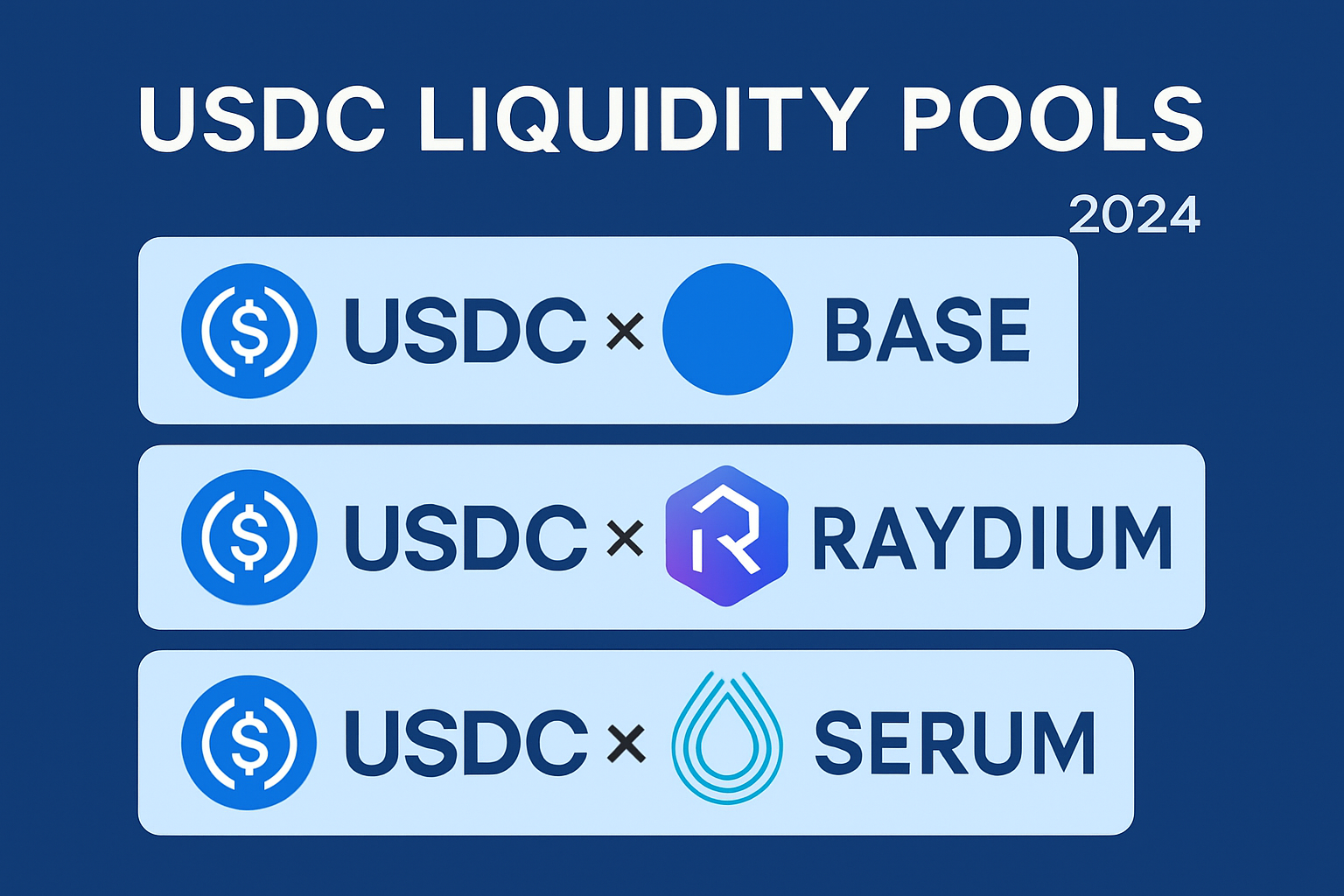
DeFi Liquidity Pools Became More EfficientUSDC’s integration on Base boosted liquidity in DEX pools like Raydium and Serum, reducing slippage and enabling smoother trading and lending experiences for users.
Looking ahead, the interplay between institutional capital, multi-chain accessibility, and evolving regulatory frameworks will continue to define how deep, and how resilient, DeFi’s liquidity pools become. For now, it’s clear that USDC on Base isn’t just participating in this transformation; it’s setting the pace.



